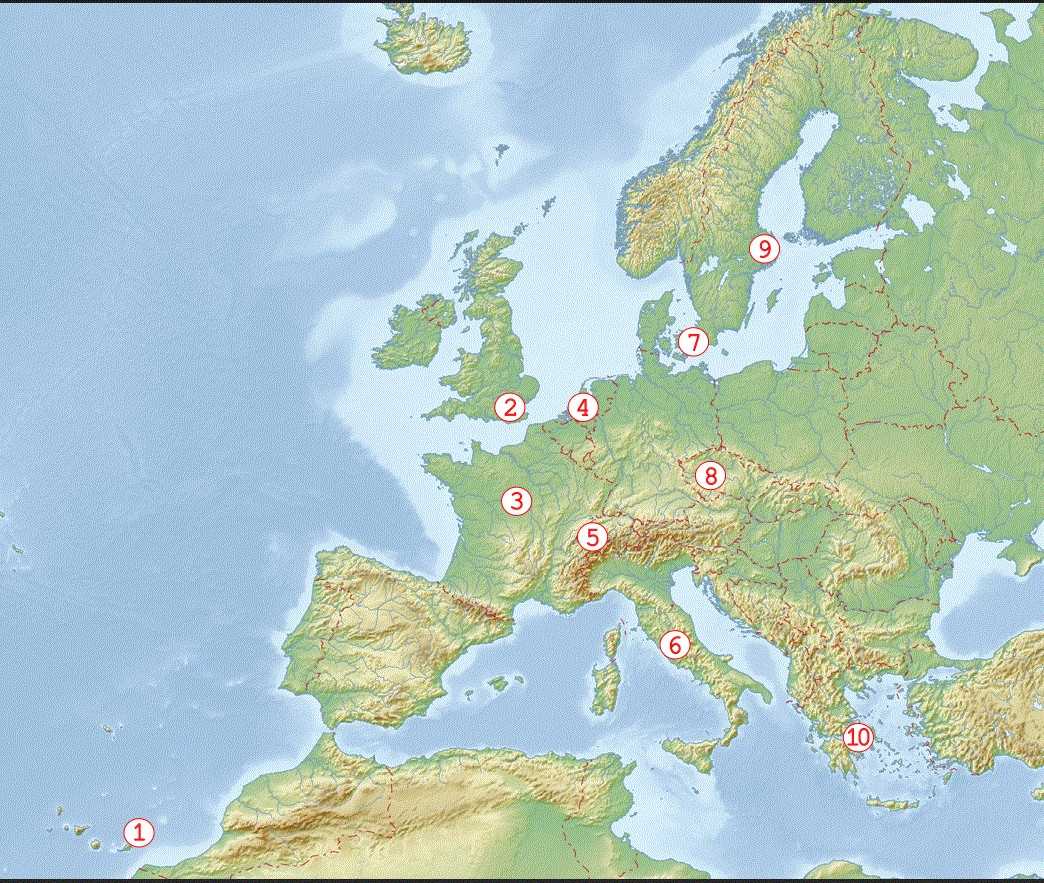
Where Does Your Garden Grow? Trivia Quiz
Gardens of Europe
These ten gardens are all in Europe, but all are very different from each other. Do you know whereabouts each can be found?
A label quiz
by Lottie1001.
Estimated time: 3 mins.
- Home
- »
- Quizzes
- »
- World Trivia
- »
- World Sites
- »
- Gardens
